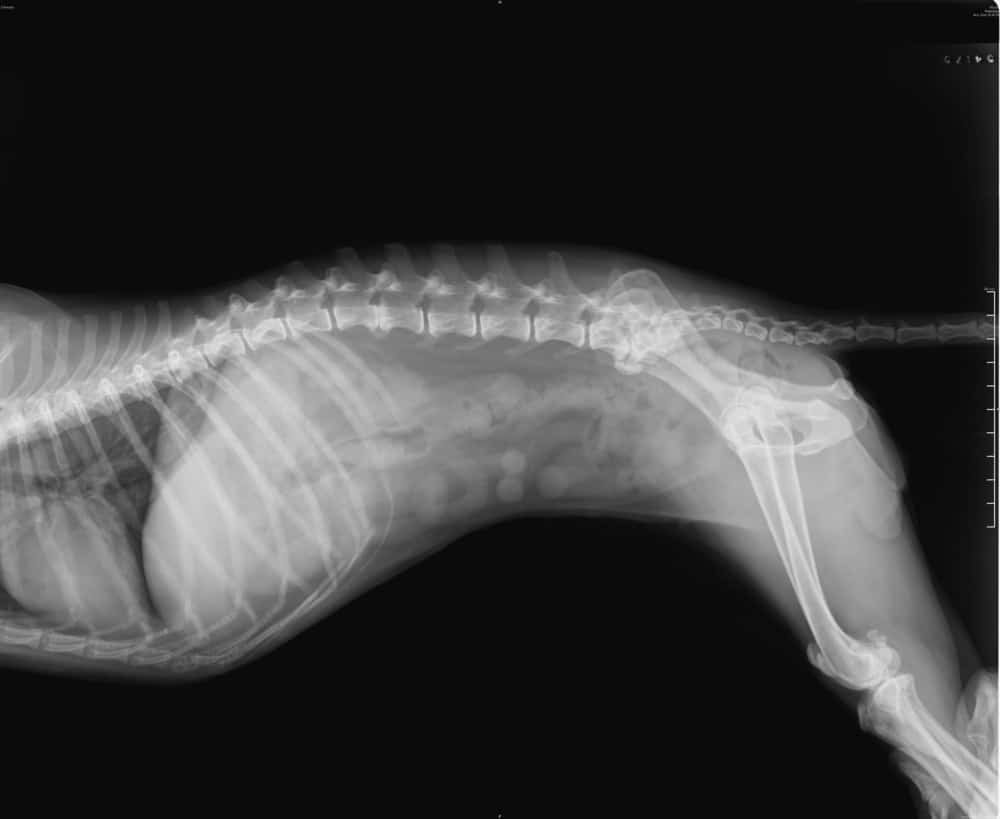Our expert-vetted content is grounded in current scientific publications, yet we acknowledge science’s ever-evolving nature. Read our full editorial and disclosure policy.
Introduction
Learn more about what foreign objects could get stuck in your dog. We interviewed a South African veterinarian to learn more about objects dogs eat that can cause damage to the gastrointestinal tract or get stuck in your furry friend.
“The dog ate my homework” is an excuse we have often laughed about. Having a dog that seems to enjoy eating and chewing foreign items can pose a severe health risk. We spoke to Dr. Lesleigh Rous, a South African veterinarian, to learn more about what objects to watch out for and signs your dog may have something stuck.
Watch the whole story about the reality of what our dogs chew in our expert interview here:
Key Points
- Dogs often ingest bones, which can splinter or cause obstructions.
- Rope toys with hooves can cause severe gastrointestinal damage.
- Dogs that ingest corn cobs can get stuck and block their gastrointestinal tract.
- Dogs may ingest fruit pips or tree pods, causing obstructions.
- Bedding and clothing items can lead to gastrointestinal obstruction.
- Kebab sticks can cause severe damage to the gastrointestinal tract.
- Signs of foreign body ingestion include vomiting, lack of appetite, and behavior changes.
- It is crucial to seek medical help from a veterinarian if you suspect your dog has eaten a foreign body.
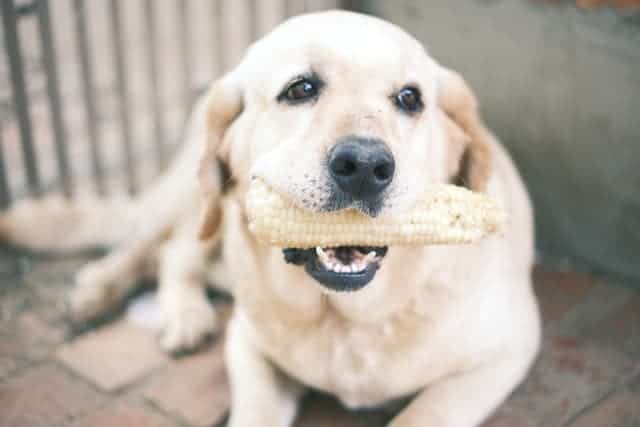
Introduction
Dogs have a curious nature and voracious appetites, sometimes leading them to ingest foreign bodies that pose serious health risks. A foreign body is an object that an animal ingests which isn’t part of its regular diet. We discuss some of the common foreign items dogs consume. We focus on items that can get stuck in their digestive system and lead to health problems.
Top foreign objects that pose a risk to dogs
We spoke to Dr. Rous to learn which strange items in her experience are the more common foreign bodies dogs ingest.
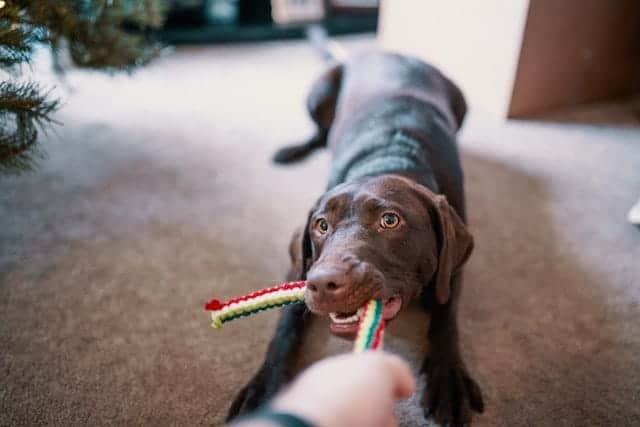
1. Bones
Marrow and long bones, usually those with a lumen (hole in the middle), and chop bones. Bones large enough to get stuck if ingested whole pose a high risk to dogs. Chicken bones may seem small, but they can get stuck or splinter when your dog eats them. This can cause obstruction or injuries to the gastrointestinal tract.
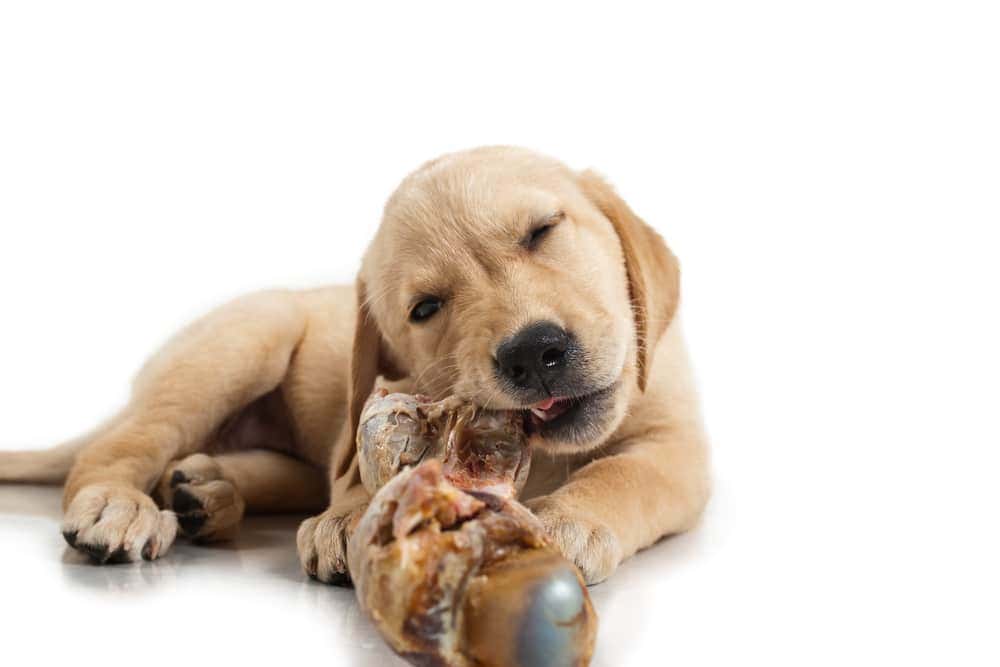
2. Rope toys with hooves
Dog toys made with rope and a hoof tied to it are also a risk for ingestion. Despite these toys appearing fun for the dog, they pose a high risk to dogs who ingest them. Dogs sometimes swallow pieces of hooves and get stuck in the intestine with bits of string. Dr. Rous has seen a few of these cases, and they can cause extreme damage to the gastrointestinal tract.
3. Corn cob
Some dogs like to eat the leftover corn cob. Corn cobs, when swallowed, can get stuck in the gastrointestinal tract of your furry friend and lead to a blockage. Some dogs dig in the trash and find the corn cob that we ate. Ultimately we recommend rather not feeding your dog corn cobs.
4. Fruit pips and Senegal palm seeds.
Dogs might like to eat discarded fruit pips or big pods from trees. These woody objects can cause obstructions in their gastrointestinal tract.

5. Bedding and material items
Some dogs chew their bed and ingest pieces of this in the process. Accumulation of bedding can lead to damage and potential obstruction of the gastrointestinal tract. Some dogs also chew socks or clothing items, posing the same risk. Dr. Rous noted these are complex cases to pick up as material is difficult to see on imaging, such as X-ray or ultrasound. This is mainly picked up by exploratory laparotomy when the abdomen is opened during surgery to find the problem. This surgery occurs when imaging and other tests cannot diagnose the issue with the dog.
6. Kebab sticks
Some dogs seem to ingest a leftover kebab stick which can cause severe damage to the gastrointestinal tract. Watch out for leaving a kebab stick that might still smell like barbecue for your furry friend to find.
Foreign bodies in cats
The most common foreign body in cats is a string. Cats like to play with string or hair elastics and might ingest them. The ingested string can cause the intestines to bundle around it and cause severe damage.
Signs to look out for if your dog has ingested a foreign object
- Vomiting (throwing up). Dogs that have eaten a foreign body that has caused damage to the gastrointestinal tract or has become stuck often experience profuse vomiting.
- Lack of appetite.
- Diarrhea, depending on the foreign object.
- Abdominal pain.
- Mood suppression, or change in behavior.
A dog that has ingested a foreign body will often become dehydrated due to one or an accumulation of the abovementioned symptoms. Dehydration is a clinical symptom that your veterinarian can pick up.
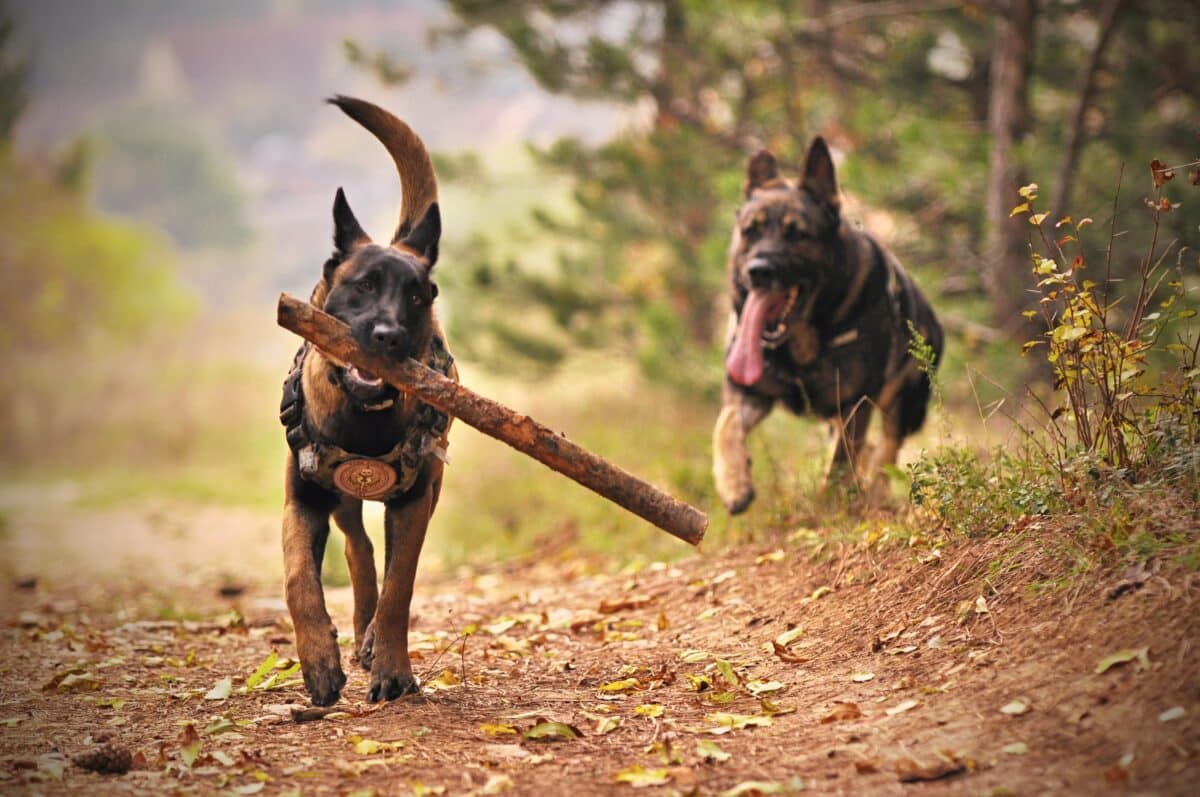
Preventative measures to take if your dog is prone to eating foreign objects
Prevention is always the best approach. Keep small objects, harmful foods, and medications out of your dog’s reach. Monitor your dog while playing with toys or chewing on bones or rawhides. Choose dog-safe products which are designed to be played with and eaten safely. Regular training can also help teach your dog what is and isn’t appropriate to chew on or eat.
As an owner of a dog that likes to eat things it should, you have to be incredibly strict. This will include preventative measures to ensure these objects are unavailable for the animal to ingest. Do not feed bones to your dog. No toys that could get torn apart and ingested by your dog should be given to dogs prone to consuming these items. Remove material or bedding if your dog chews those items, and avoid leaving socks lying around, as temptation might get the better of them.
Dog breeds that are prone to ingesting foreign bodies
In our discussion with Dr. Rous, highlights dog breeds that, in her experience, are more prone to eating foreign body objects. The breeds identified include, but are by no means limited to:
- Bull Terrier.
- American Bully.
- German Sheppard.
- Malinois.
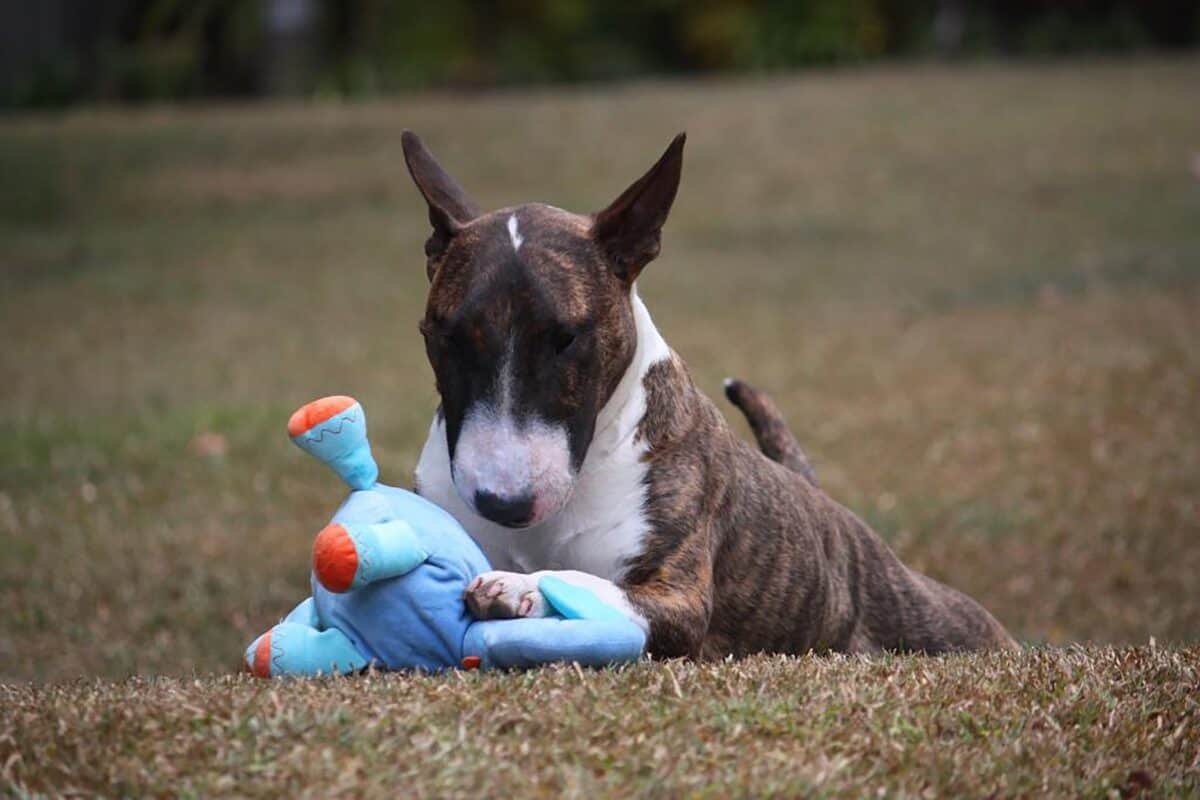
To wrap it up
In conclusion, dogs’ curiosity and love for chewing can sometimes lead them to ingest harmful foreign objects. We must be aware of these risks, and taking preventative measures can help keep your canine companion safe and healthy.
All objects that are not your dog’s or cat’s everyday foods are considered foreign when ingested. While the oversized items seem to pose more of a risk of getting stuck and causing damage, any ingested object your pet should not have swallowed must be considered a health risk. This article is to shed light on some of the more common foreign bodies ingested by dogs and cats but is by no means the only items they might swallow.
If you suspect your furry friend has eaten something it shouldn’t, you should seek medical attention from your veterinarian. Ultimately when an animal eats a foreign body object it is urgent that a veterinarian must treat it.
If you enjoyed reading this article, to learn more about dogs, click on one of the links below:
The Origin of Dogs: How Dogs Became Our Best Friends
Frequently asked questions
If you suspect your dog has ingested a foreign object, seeking veterinary attention is crucial. Depending on the object and the dog’s symptoms, your vet may recommend different treatment options, including inducing vomiting, endoscopy, or surgery.
Symptoms can appear within a few hours to a few days after ingestion, depending on the object and where it’s lodged. In some cases, it may take even longer for symptoms to appear.
Signs that your dog may have ingested something dangerous include vomiting, diarrhea, loss of appetite, abdominal pain, lethargy, or changes in behavior. If you notice any of these symptoms, contact your vet immediately.
If the object is small and not sharp, your vet may recommend feeding your dog a high-fiber diet to help move the object through the digestive tract. This should only be done under the guidance of a vet.
A blockage in a dog’s digestive tract often requires veterinary intervention. This could involve inducing vomiting, using an endoscope to remove the object, or performing surgery. Do not try to clear the blockage yourself, as this could cause further harm.
In some cases, feeding your dog bread may help to cushion the object and assist in its passage through the digestive tract. This should only be done under the advice of a vet.
Expert Authors
[simple-author-box]
Join our Forum for free today!


